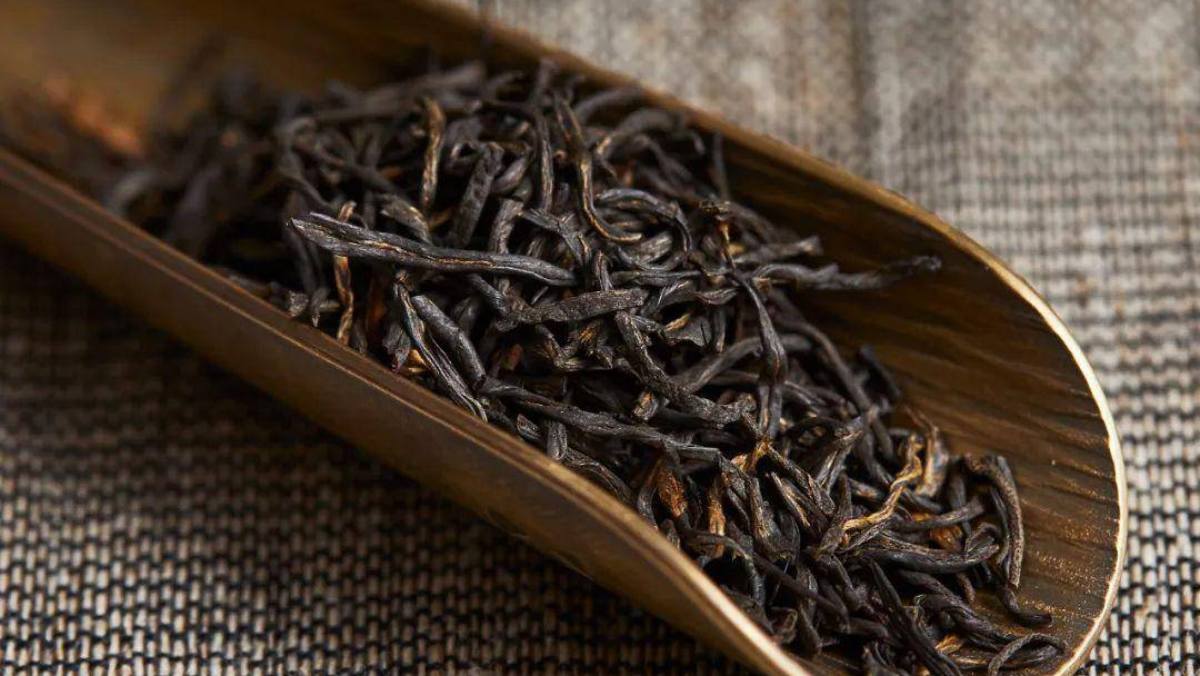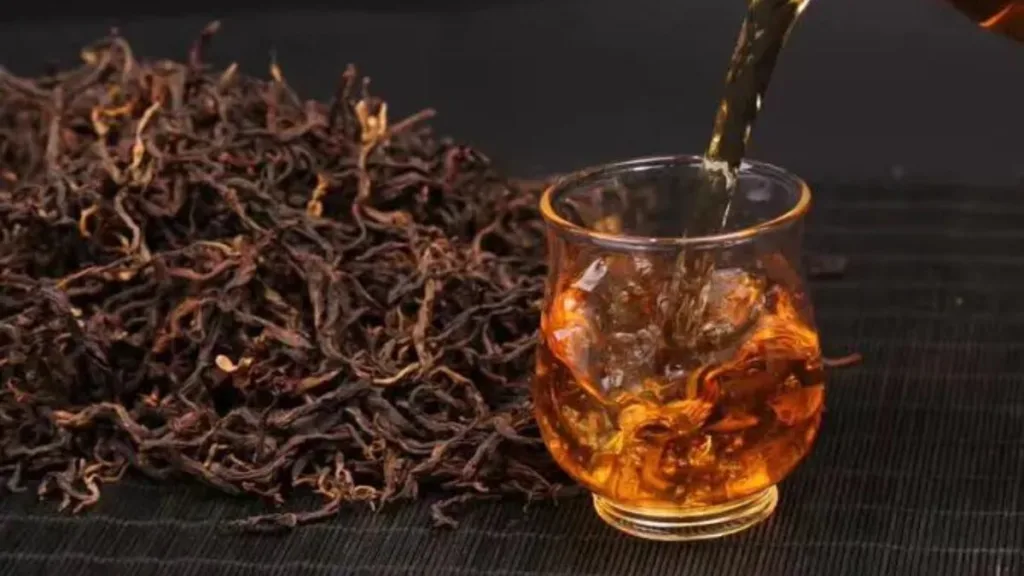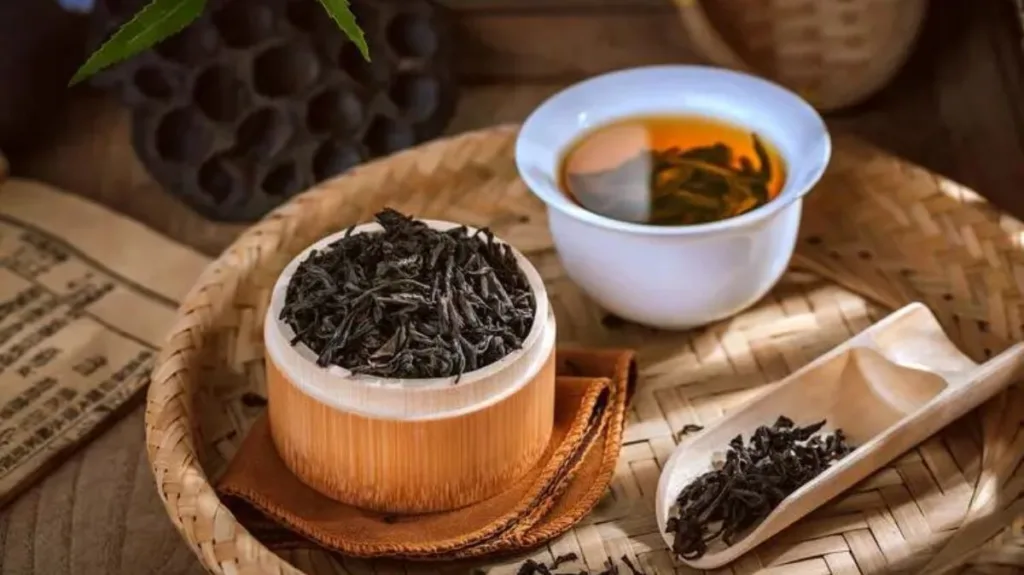Keemun Tea, also known as Qimen Hongcha, is a renowned Chinese black tea that hails from the Qimen County in Anhui Province. It is celebrated for its rich history and exquisite quality, often referred to as one of China’s classic black tea varieties. Keemun Tea is made from tea leaves from the unique local Zhuye (Keemun) tea tree cultivar, and it is considered a national treasure with a history that dates back to the Tang Dynasty as mentioned in the classic work on tea by Lu Yu.
Keemun Tea is cultivated in various regions, including Qimen County in Anhui Province, Dongzhi, Guichi (now Chizhou City), Shitai, Yixian County, as well as the Fuliang area in Jiangxi Province.
This tea variety is revered for its extraordinary fragrance and flavor, often characterized by connoisseurs as having a “high fragrance and no equal in aroma.” Keemun Tea is considered one of the finest black teas, earning a reputation as the “Queen of Black Tea” and a favorite of the British royal family.
History
The production of Keemun Tea can be traced back to the reign of Emperor Guangxu during the Qing Dynasty (1875 AD). However, historical records suggest that it may have even earlier origins, dating back to the Tang Dynasty. The region’s connection to tea can be found in the writings of the ancient tea sage, Lu Yu, who noted that “Huzhou is the best, followed by Changzhou, then Shezhou…” regarding tea production. At the time, Qimen County was part of Shezhou.
The development of Keemun Tea was influenced by the importation of red tea manufacturing techniques from other provinces, including Ningzhou in Jiangxi. During the 19th century, these techniques were used to produce black tea in the Qimen region, leading to the creation of Keemun Tea.
Brewing Method
There are two common methods for brewing Keemun Tea:
- Simple Brewing Method:
- Heat water to 90-95°C.
- Use a teapot, preferably made of Jingdezhen porcelain.
- Add approximately 5% of the teapot’s volume in Keemun Tea leaves.
- Pour the hot water over the tea leaves.
- Steep for about 45 seconds.
- Pour the tea into a small cup, and first, appreciate its fragrance before sipping.
- Gongfu Brewing Method:
- This method allows you to fully savor the enduring aroma of Keemun Tea.
- Choose tea utensils like purple clay teapots, white porcelain teapots, or porcelain teapots with red floral patterns.
- The tea-to-water ratio is about 1:50.
- The water temperature should be around 90-95°C.
- Use the gongfu brewing style, which involves a teapot.
- Steep the tea for about 2-3 minutes.
- Pour the tea into a small cup following the “circular pouring” method.
- Keemun Tea can generally be steeped 2-3 times.
Health Benefits
Keemun Tea provides several health benefits, including:
- Rich Nutrients: It contains riboflavin (vitamin B2), folic acid (vitamin B9), carotene, tocopherol (vitamin E), and phylloquinone (vitamin K).
- Low Calories: Keemun Tea is low in calories, with fewer than 1244 kJ per 100 grams.
- Amino Acids: It contains amino acids, including tea amino acid, ranking second among various types of tea.
- Carbohydrates and Fats: The carbohydrates in tea are mainly polysaccharides, with only about 4% to 5% of soluble polysaccharides in the tea.
- Vitamins: Keemun Tea is rich in vitamin C, second only to green tea.
- Minerals and Trace Elements: It contains abundant calcium, copper, sodium, phosphorus, zinc, and other minerals and trace elements.
- Additional Benefits: Keemun Tea offers various benefits such as preventing dental caries, delaying aging, lowering blood sugar, reducing blood pressure, lowering blood lipid levels, and having anti-cancer, anti-radiation, and weight management effects.
Keemun Tea, with its rich history and unique flavor profile, is celebrated as a classic Chinese black tea and cherished by tea enthusiasts worldwide. It continues to be a symbol of China’s profound tea culture.



